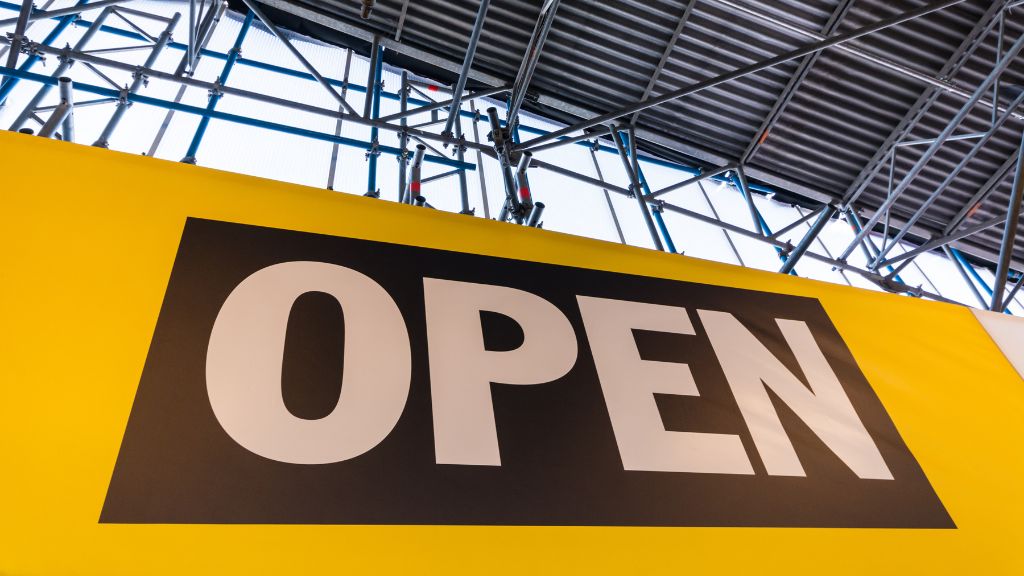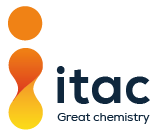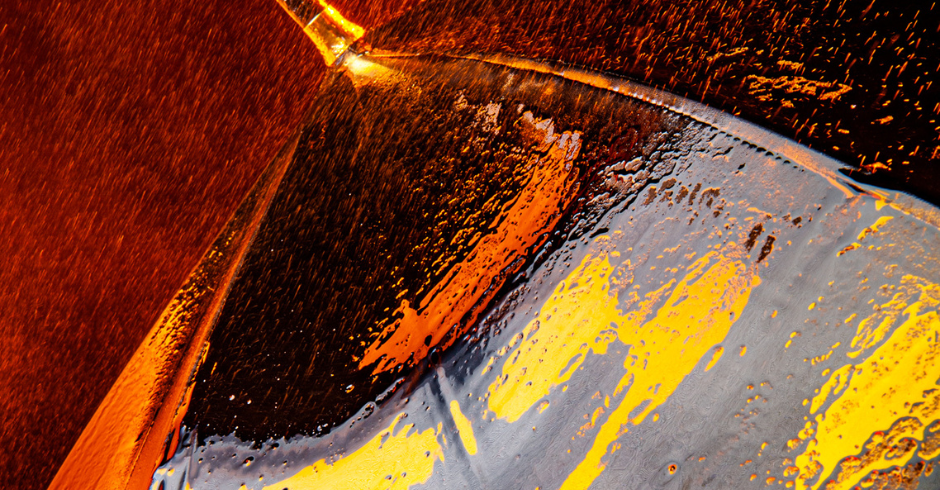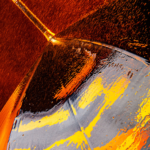With respect to print and graphics, the processes of laminating and coating have vital roles in enhancing the durability, aesthetics and functionality of various materials. Both processes offer protective layers, but there are important differences between laminating and coating that merit exploration. Herein, we delve into these distinctions to shed light on their unique characteristics and applications.
Laminating for print and graphics
Laminating is a step-by-step process that involves bonding multiple layers of materials together under controlled conditions. Laminating is employed for various purposes, including the protection, enhancement and preservation of the substrate. Typically, laminating involves encapsulating printed graphics/films between two or more layers of plastic film (usually polyethylene, polyester or polypropylene). These materials can vary in thickness and finish. Hence, the most appropriate material should be chosen for the intended purpose and after consideration of environmental factors.
Laminating, if achieved through adhesion and heat, creates a strong bond that seals graphics/films securely within plastic layers. This process is invaluable in applications where durability and protection are crucial (e.g., outdoor signage, vehicle wraps and nameplates). Laminated materials excel in resisting fading, discolouration and damage. Their resistance to environmental factors contributes considerably to extending the lifespan of laminated items, thereby making them highly suitable for long-term use. This is a key reason why laminating is a popular choice in industries in which longevity and robustness are paramount concerns.

Common applications
Outdoor signage: Laminated outdoor signs are protected from weathering, physical damage and exposure to ultraviolet (UV) light, thereby making them suitable for long-term use in various outdoor settings.
Vehicle wraps: Laminated vehicle wraps provide a creative and eye-catching appearance, but also protect graphics from road debris, environmental factors and exposure to UV light.
Nameplates and labels: Laminated nameplates and labels used in industrial settings are durable and can withstand exposure to chemicals, oils and solvents.
Safety signs: Laminated safety signs in industrial and construction environments remain visible and withstand exposure to harsh conditions.
Museum exhibits: Lamination is used for museum exhibits to protect valuable information and artwork while maintaining appearance.
Coating for print and graphics
Coating is the application of a thin layer of material onto the surface of a substrate. Common application methods include spraying, roller coating, dipping or brushing depending on the specific material and application. Laminating involves the bonding of multiple layers with the primary purpose of protection and durability. However, coating is a more versatile process that encompasses a wide range of functions. These can include aesthetic properties for a range of customisable finishes, functional properties for specific performance requirements, or protective properties for durability. The choice of coating method and material is dependent upon the: (i) substrate; (ii) intended purpose of the coating; (iii) environmental conditions that the coated material will be exposed to.
Often, coatings are reliant on adhesives or bonding agents because they ensure the layer of coating material adheres securely to the substrate surface. Suitable adhesive formulations may be selected based on the: (i) substrate material; (iii) desired properties of the coating (e.g., flexibility, hardness and chemical resistance); (iii) application method. In some cases, the adhesive may be included as part of the coating formulation whereas in others, it may be applied separately before the coating is added. Either way, the main purposes of the adhesive are to provide good adhesion, durability and compatibility with the coating material and substrate.

Common applications
Posters and prints: Often, high-quality posters and art prints feature coatings to protect the ink or pigments from fading due to exposure to UV light. UV light-resistant coatings can help preserve the colours and longevity of the artwork.
Labels and packaging: Often, labels used on products, bottles or packaging incorporate coatings for durability and resistance to moisture, oils and chemicals. Scratch-resistant coatings can also be applied to protect printed information.
Presentation materials: Graphics and displays used at trade shows and exhibitions can benefit from coatings that protect against scuffing, handling and environmental conditions, thereby helping them maintain a professional appearance.
Retail signage: Often, signage in retail environments employs coatings to make graphics stand out and resist fading. This strategy ensures that promotional/informational materials retain their impact over time.
Architectural graphics: Coatings can be applied to wall murals to protect graphics from dirt, moisture and the damage caused by regular cleaning.
In conclusion…
Laminating and coating have integral roles in print and graphics applications. They offer distinct advantages based on their unique properties. Laminating excels in outdoor applications in which durability is paramount. Coating offers versatility in achieving different aesthetic finishes and enhancing functional properties. Understanding the differences between these processes can aid industry professionals to make informed decisions about the most suitable method for their specific requirements.
ITAC can design and manufacture adhesives and coating formulations specifically for printed media, signage, graphics and display materials. These include polyurethane-based coatings as well as pressure-sensitive, heat-activated and dry-mounting adhesives. Whether it be a bespoke film adhesive formulation for laminating graphics and display items, or a specialist coating to enhance the visual appeal of printed material, outstanding delivery and performance can be expected with each application.
Contact ITAC with your requirements for laminating or coating applications on 01204 573736, by email at info@itac.uk.com, or by completing a simple contact form.






